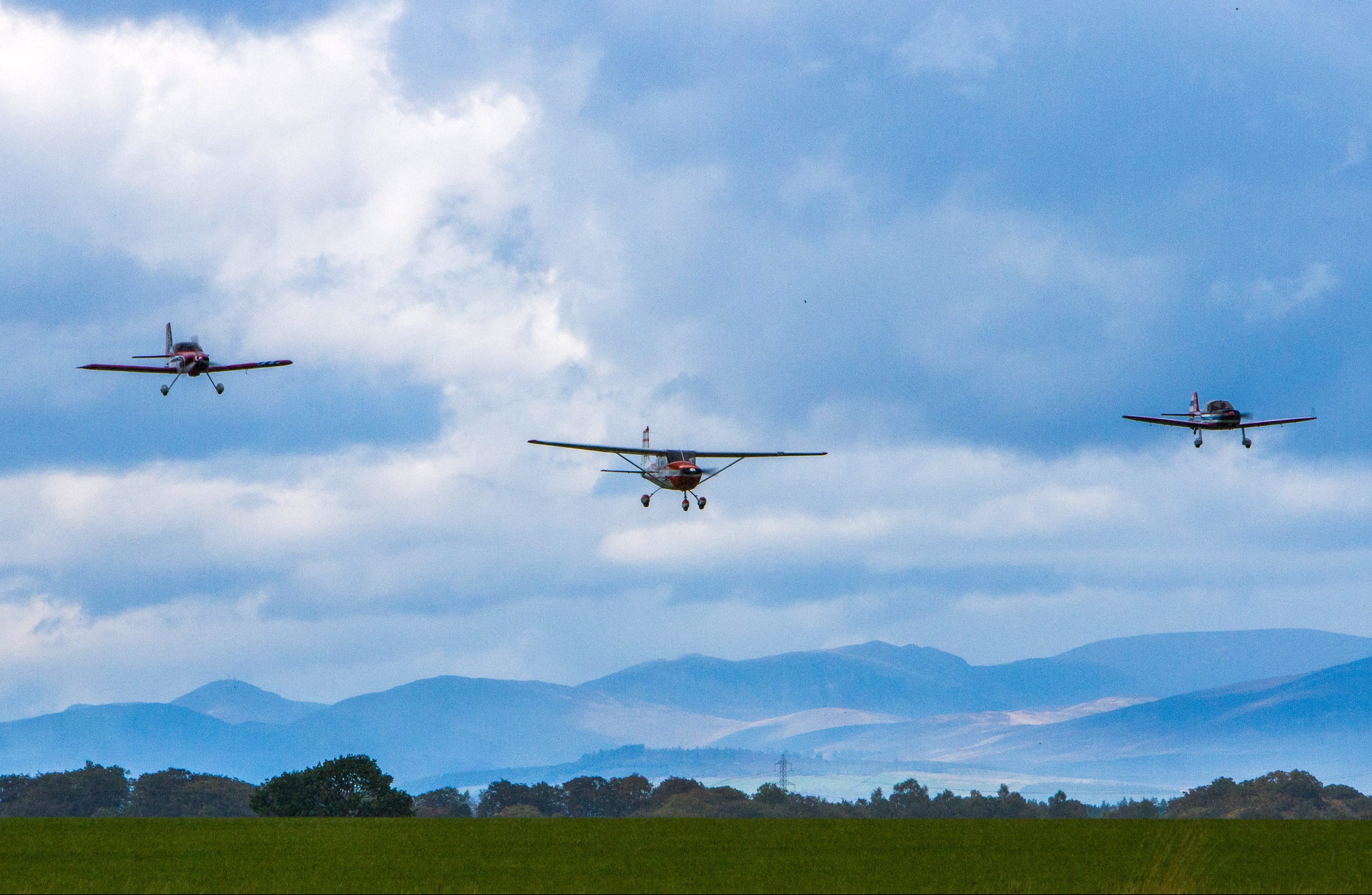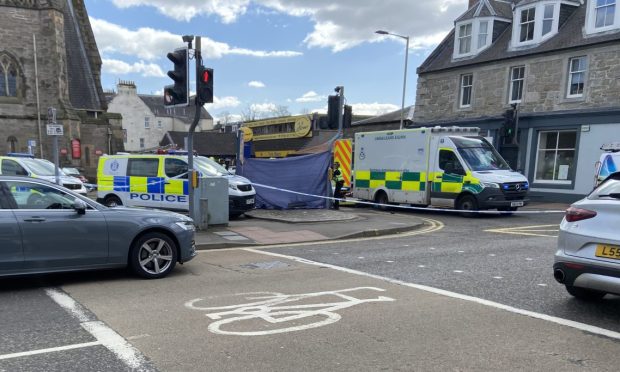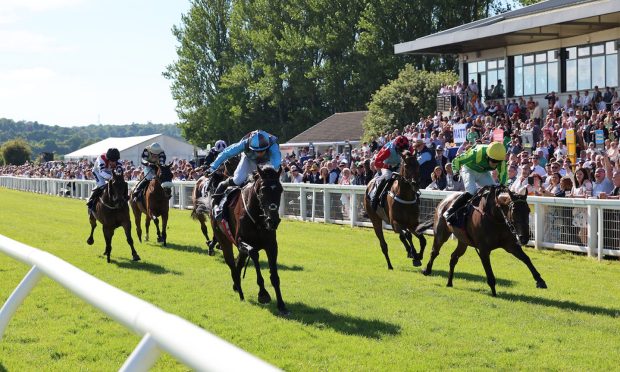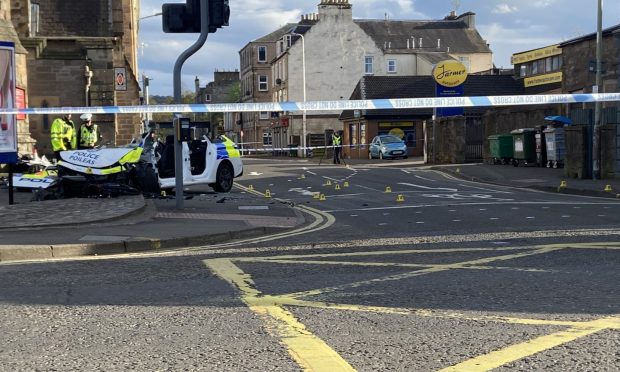Two planes came perilously close to each other over Perthshire, a report released yesterday revealed.
The incident was given the highest risk of collision rating by the UK Airprox Board, which investigates near misses.
It said it had “only been providence” that had avoided a collision as the aircraft passed within 30 feet of each other.
The event happened on January 30 just before 11am over Dunkeld.
A Cessna 152 (C152) and a Piper Cherokee (PA28) – both light aircraft – found themselves traveling towards each other.
The C152 pilot said he was returning to Perth via Dunkeld at 2800ft. The other aircraft was spotted in his 9 o’clock at a distance of about 40m (131ft) horizontally and 30ft below.
It was about 90° to his track, “flying directly towards him, and passed directly underneath his aircraft,” said the report.
“There was no time to take avoiding action and, if the other aircraft had been a little higher, he felt that a collision would have been inevitable,” said the probe.
“He subsequently heard from the tower operator at Perth that the other pilot did not see any other aircraft. He assessed the risk of collision as ‘high’.”
Incredibly the other pilot reported “that he did not see the C152 and therefore cannot recall the event.”
The board said the situational awareness and action were assessed as “ineffective because neither pilot had any situational awareness on the other aircraft.”
The PA28 pilot did not see the C152 at all, and the C152 pilot did not see the PA28 early enough to carry out any avoiding action to materially increase the separation, said the board.
“Although they had no situational awareness from the FISO (flight information service officer) about each other, members felt that information was likely available to both if they had heard the other pilot’s transmission on the frequency,” said the board.
“Had they assimilated the position reports from the other pilot, and therefore the possible confliction, then they could have requested additional information from the FISO or other pilot.
“The board also agreed that both pilots could have updated their route estimate information to the FISO irrespective of their knowledge of the other aircraft; this was good practise to provide a better degree of situational awareness for both FISOs and pilots on the same frequency.
“Ultimately, members noted that the PA28 pilot did not see the C152 and had no recollection of the incident, and the C152 pilot only saw the PA28 after closest point of approach.
“Members commented that this highlighted once more the need for a robust lookout at all times, and especially when approaching turning points when task focus on navigation can result in distraction from the visual scanning task.
“Turning to the risk, members agreed that both pilots had not seen the other aircraft in time to materially affect the situation. Although the aircraft were not visible on the radar replay it was apparent from the C152 pilot’s report that the aircraft were in very close proximity and that it had only been providence that had prevented a collision. The board therefore quickly agreed that there had been a serious risk of collision; risk Category A.”










